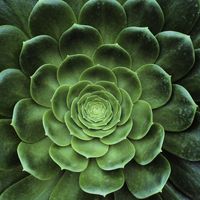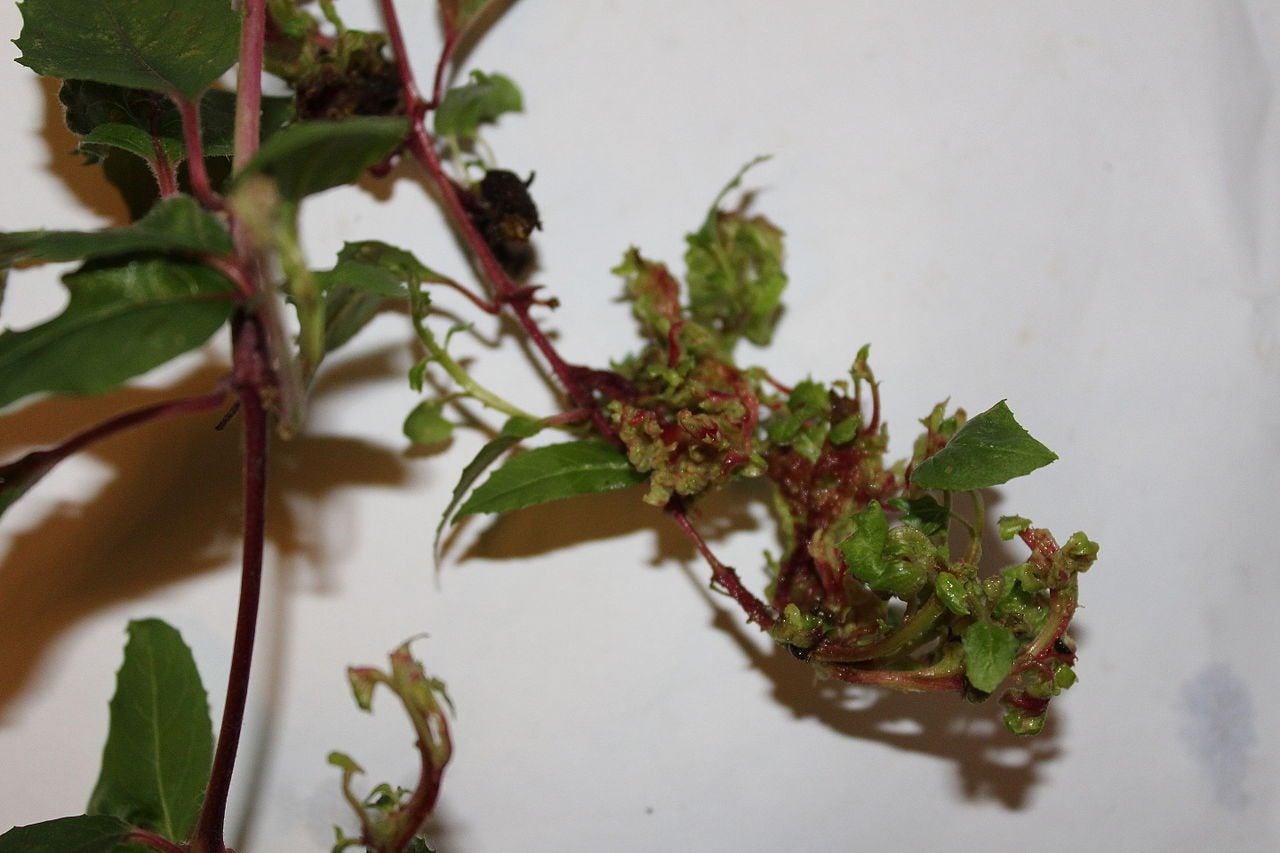Fuchsia Plant Galls: Tips On Controlling Fuchsia Gall Mites


The fuchsia gall mite, native to South America, was accidentally introduced to the West Coast in the early 1980s. Since that time, the destructive pest has created headaches for fuchsia growers across the United States. More recently, it has landed in Europe, where it is spreading quickly.
Gall Mites on Fuchsia
So, what are fuchsia plant galls? Gall mites are microscopic pests that feed on tender fuchsia stems, leaves, and blossoms. In the process, they introduce toxins that cause the plant to develop red, swollen tissues and thick, distorted growths. Controlling fuchsia gall mites is difficult because the tiny pests are transmitted easily by gardening gloves, pruning tools, or anything they touch. Unfortunately, they are also spread by hummingbirds, and biologists think they may be transmitted in the wind.
How to Get Rid of Gall Mites
The first and most important step in controlling fuchsia gall mites is to prune the damaged growth back to where the plant appears normal, as the damaged growth will not recover. Dispose of the prunings carefully to prevent further spread. University of California’s Integrated Pest Management program (UC-IPM) suggests that control may be attained by applying a spray miticide two and three weeks after pruning. UC-IPM also notes that the application of horticultural oil spray or insecticidal soap may provide some control, but soaps and oil won’t kill mites tucked into distorted plant tissues that remain after pruning. However, if you hope to achieve fuchsia gall mite treatment without chemicals, oils and soaps applied every seven to ten days may be worth a try. Spray carefully to achieve complete coverage. If your plants are badly damaged, you may want to dispose of the mite-affected fuchsias and start over with mite-resistant plants. Varieties that are believed to be more resistant include:
- Space Shuttle
- Baby Chang
- Ocean Mist
- Isis
- Miniature Jewels
Fuchsia growers are working hard to develop new, mite-resistant varieties.
Sign up for the Gardening Know How newsletter today and receive a free copy of our e-book "How to Grow Delicious Tomatoes".

A Credentialed Garden Writer, Mary H. Dyer was with Gardening Know How in the very beginning, publishing articles as early as 2007.